
Four Reasons Your Plant Needs a Backup Air Compressor
June 14, 2023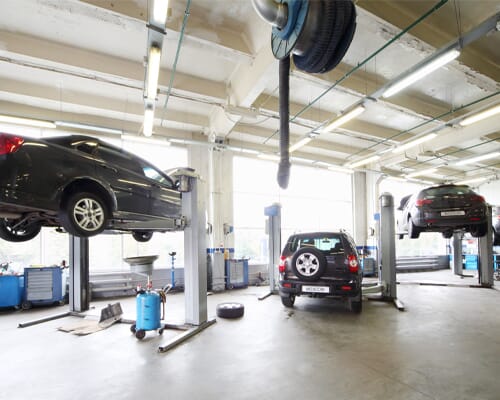
Industrial Compressors for Automotive Shops
June 28, 2023Eight Causes of Compressed Air Leaks and How to Find Them
Kaishan USA | June 21, 2023 | Uncategorized
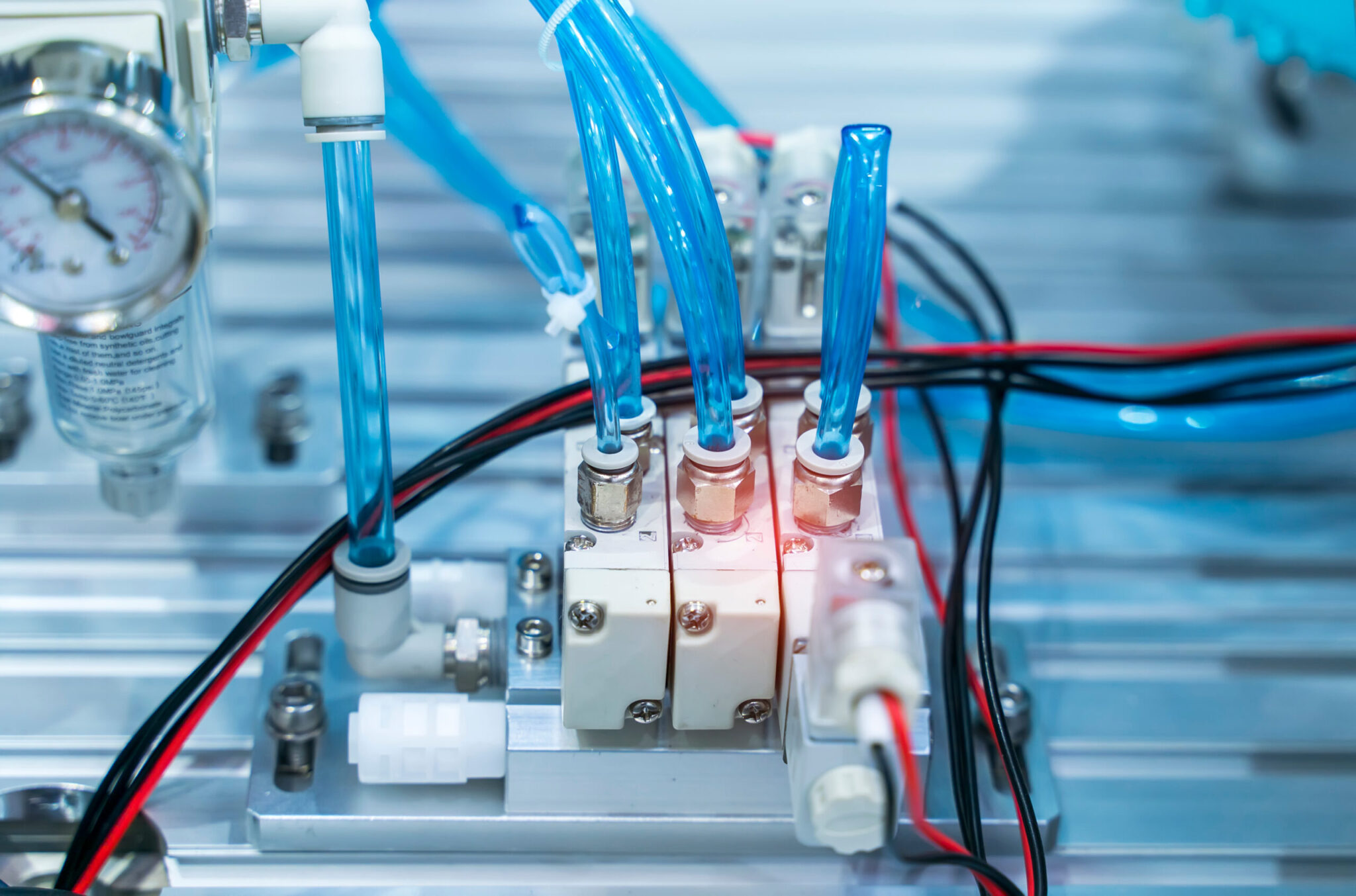
A conservative estimate of the average leak rate in U.S. manufacturing facilities is 30%, according to the Compressed Air & Gas Institute (CAGI).
Poorly designed and maintained compressed air systems waste up to $3.2 billion in utility payments in the U.S. annually, according to the Compressed Air & Gas Institute (CAGI).
CAGI further estimates that a quarter-inch leak in a 100 psi system will cost $17,000 annually, updating figures with current utility rates.
The good news is that some leaks are easy to locate because they emit a notorious, hard-to-ignore hissing sound.
The bad news is that most don’t make any sound at all. In fact, 80% are inaudible.
That’s why you should pay special attention to identifying and stopping leaks.
Main Causes of Leaks
Leaks can occur for any number of reasons. The system might have been installed improperly. It can have poor sealing or materials. Pipes, valves, fittings or connectors may be damaged by accidents or misuse. And workers can make mistakes, bypassing a drain or increasing pressure when installing or even maintaining your compressed air system.
Adding insult to injury, workers often employ temporary fixes or workarounds to deal with these leaks. Those solutions usually don’t work long-term, and many make the problems worse. So, let’s review some of the common causes of leaks.
1. Loose fittings or connections
Fittings or connections can become loose in many different parts of your system:
-
- Aging, rusted piping with threaded fittings
- Cheap, ill-fitting quick-disconnect fittings
- Push-to-lock fittings
- Plastic or rubber tubing that feeds air to a component
- Couplings
- Hoses
- Seals
2. Improper installation
Frequent leaking problems include low-cost filters, regulators and lubricators (FRLs), especially when they’re installed improperly. Pipe joints and flanges can also be missing welds.
3. Damaged or worn components
Frequent leaking problems include low-cost filters, regulators and lubricators (FRLs), especially when they’re installed improperly. Pipe joints and flanges can also be missing welds.
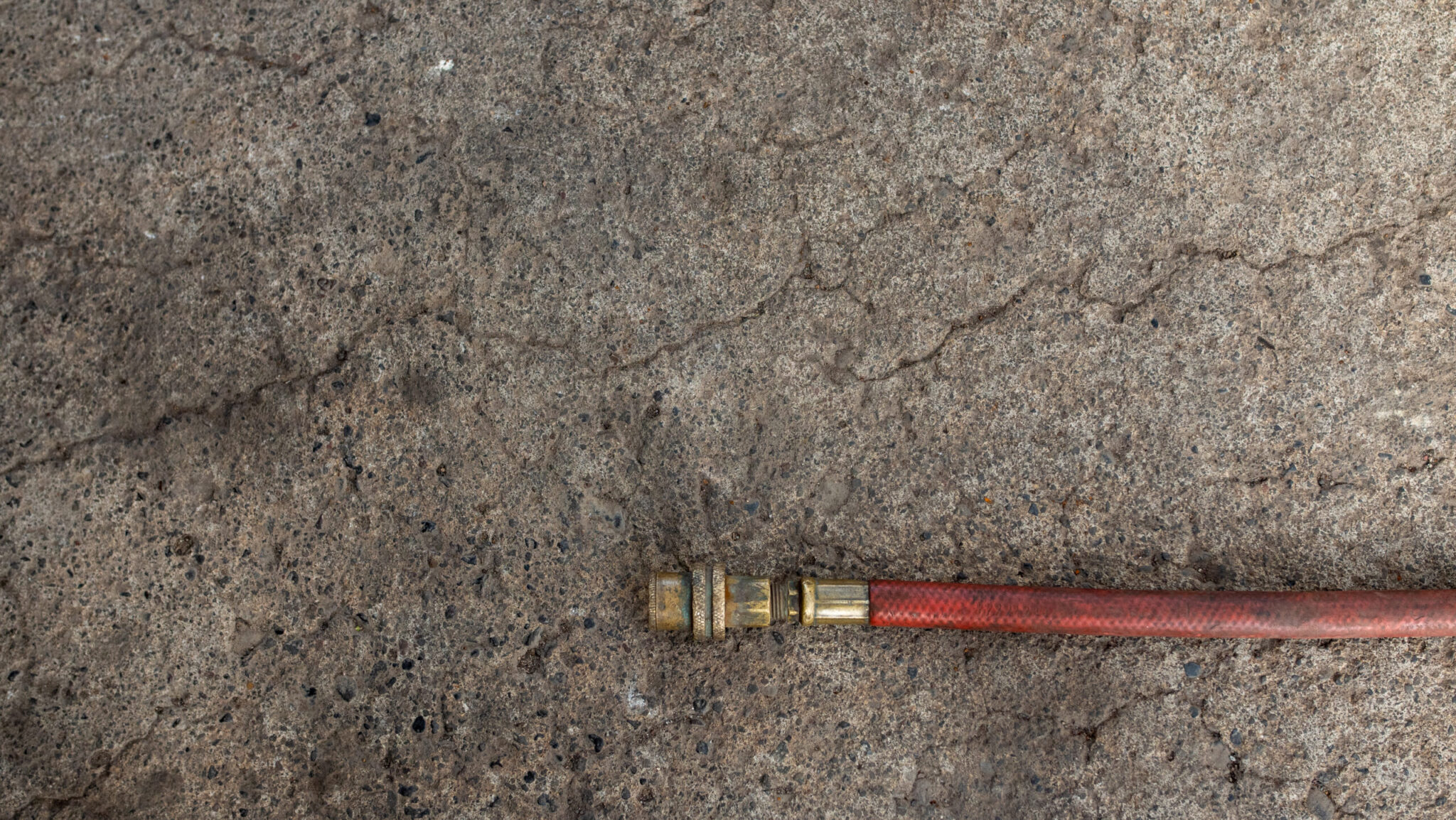
Worn hoses and quick-release valves are often a source of compressed air leaks.
4. Corrosion
Anywhere water condenses, there’s potential for corrosion and leaks. Piping, fittings and other system components can corrode, allowing air to escape.
5. High pressure
All too often, companies boost the pressure in their system when they notice a pressure drop at the more distant applications they’re servicing.
Usually, that only worsens the problem. The higher pressure forces more air through the leaks in their system. So, the pressure available at the end use actually drops.
Rather than go for a quick fix, you’d be better served by finding and fixing the leaks. Anytime your system operates at a higher pressure, you’re creating artificial demand and wasting air, according to CAGI. The goal is to maintain your compressed air system at the lowest pressure possible.
6. Vibration
Vibrations and thermal cycling can cause fittings and connections to loosen. That’s especially a problem with reciprocating compressors, which generate a lot of vibration.
7. Threaded Pipe
Welded pipe usually doesn't leak as often as screw or threaded pipe does. Incorrect or improperly applied thread sealants can also cause leaks. And even correctly installed pipe sealant or pipe tape wears out over time and starts to leak.
As a result, we recommend aluminum pipe systems, which have become very popular because they are corrosion resistant and have specialized fittings that are less likely to leak.
8. Open Drain Traps
Scale, rust, dirt and other solid materials can accumulate in drain traps, causing them to become stuck in the open position and allowing air to escape.
So, now that you know the main causes of leaks, you probably are wondering, how do I stop them? We’re glad you asked.
Locating Leaks
We start, of course, with the compressor. We make sure the settings make sense, and the system is sized properly for the tasks you want to accomplish.
But leaks? You won’t find any here. Compressors don’t leak, except under the most extreme circumstances. Think tornados and earthquakes.
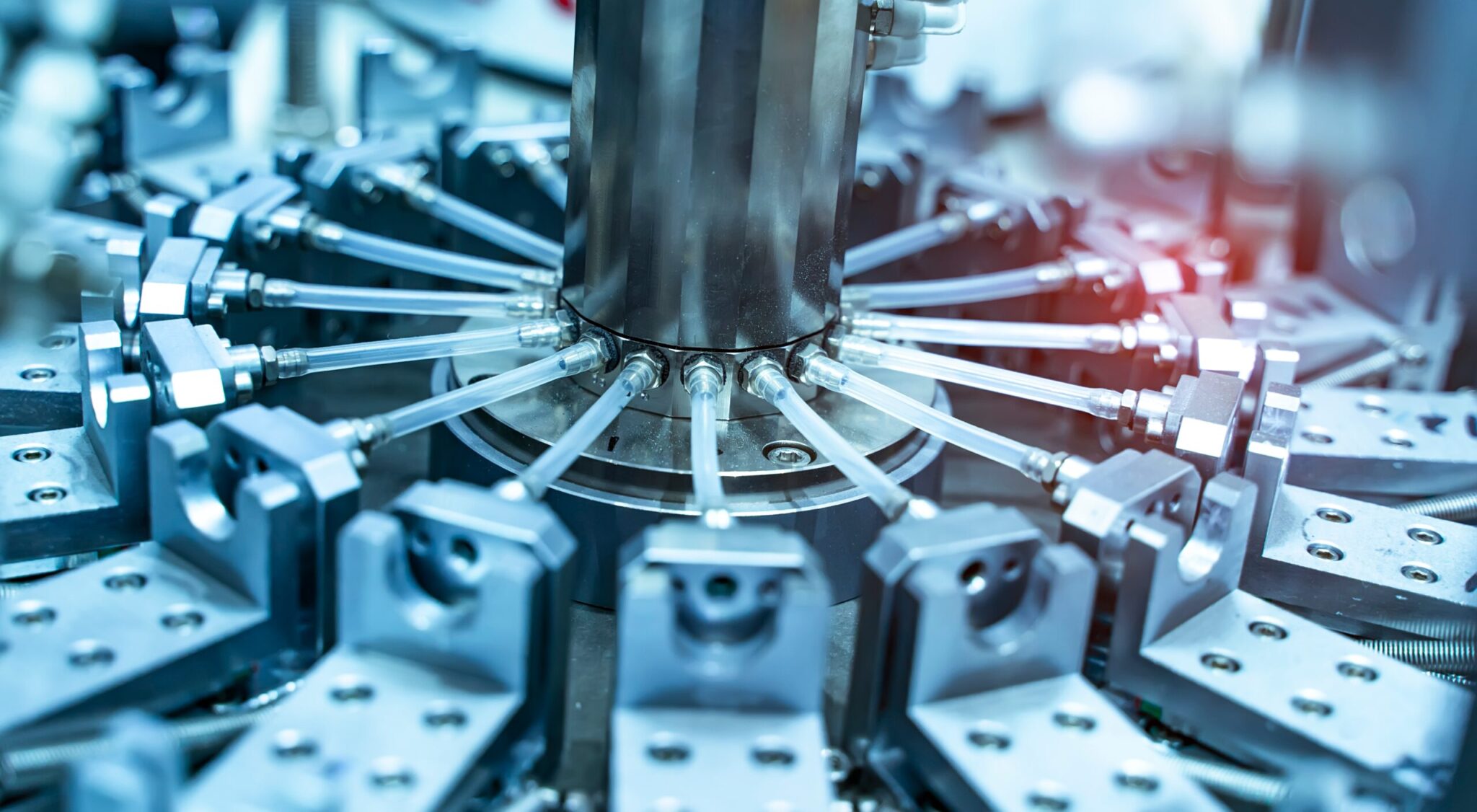
Eighty percent of leaks happen in the last 30 feet before the end-use application. That shouldn’t be a surprise, with all the hoses, fittings, couplings and other connections in that last “dirty 30.”
The Dirty 30
More than 80% of leaks happen in the compressed air distribution system. What air compressor pros call “the dirty 30”—the last 30 feet before the end-use application.
That means hoses, reels, filters, regulators or lubricators on the piping that connects the air supply to your machinery. Plus, even end-use tools can have internal leaks, especially if they’re old or poorly maintained.
You’ll want to focus on these last 30 feet connecting to the end use.
Doing the Walk-Through
We start the walk-through by listening for the telltale sound of escaping air. Those are the ones you’ll want to address first.
But you can’t stop there. Nearly 80% of leaks are inaudible. And the problem is compounded by the ambient noise in most industrial facilities. You won’t locate them by listening for the hissing sound. For that, you need more advanced solutions.
Handheld Leak Guns
Handheld leak detection devices have been available for some time and have been successful at helping companies locate leaks that are not in the audible range.
Handheld leak detectors emit a sound that increases in proportion to the strength of the signal, almost like a Geiger counter. You can thus locate a leak simply by zeroing in on the leak and moving closer to it.
Unfortunately, they also pick up signals from end-use tools or other ultrasonic emitters like cathode ray tubes, fan blades, pumps and vacuum pick-ups. That’s why the industry is turning to ultrasonic leak detection devices.
Ultrasonic Leak Detection
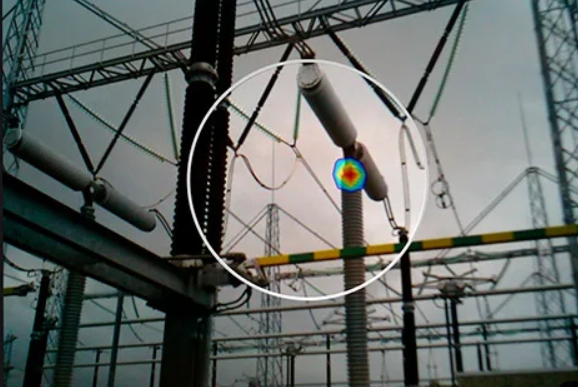
Ultrasonic leak detection equipment like this Fluke ii910 Precision Acoustic Imager not only pinpoints the sources of leaks but also estimates the potential savings you’ll realize by fixing them. That’s especially important if you need to rent a lift to reach a 20-foot-high leak site.
Ultrasonic leak detection systems use multiple directional microphones to triangulate the position of a leak source, overlaying the leak’s ultrasonic “signal” on a video image of your plant.
Even more importantly, the device calculates the leak volume as well as the potential savings you can achieve by fixing it. If the leak is in a pipe 30 feet above the plant floor, for example, the system will provide a cost estimate of the annual savings. Then you can decide whether it is worth worrying about. Specifically, whether it’s worth putting up scaffolding or bringing in a lift.
The device can then provide a printout you can give your maintenance people, enabling them to find and fix the leak.
Ultrasonic leak detection equipment addresses some of the limitations of handhelds, especially signals from other ultrasonic emitters. And, because they use multiple directional microphones, the new technologies make it less likely a technician would be deceived by signals reflecting off a wall or other flat surface, as they might with a handheld.
They can also detect leaks from sources like industrial gas lines, vacuum or steam pipes. And while that may not be your primary concern, it can lead to additional savings.
Outside Help Sometimes Is Needed
We strongly encourage you to bring in a professional any time you see a drop in performance you just can’t explain. After all, few companies have the resources to purchase the latest technology or the need to train staff in its use. Ultrasonic leak detection devices, for example, are well beyond the scope of most facility maintenance teams.
That’s why we recommend that our customers establish a relationship with an air compressor system maintenance professional. They will have the most up-to-date equipment and a lot of experience in using it to identify and quantify compressed air leaks.
Kaishan USA works with a nationwide network of independent distributors, who can provide on-site help and consultation as needed. These factory-trained air compression experts have an investment in their local communities and can service your air compressor system without a problem. And they have staff members who are skilled in using leak-detection technology on a daily basis.
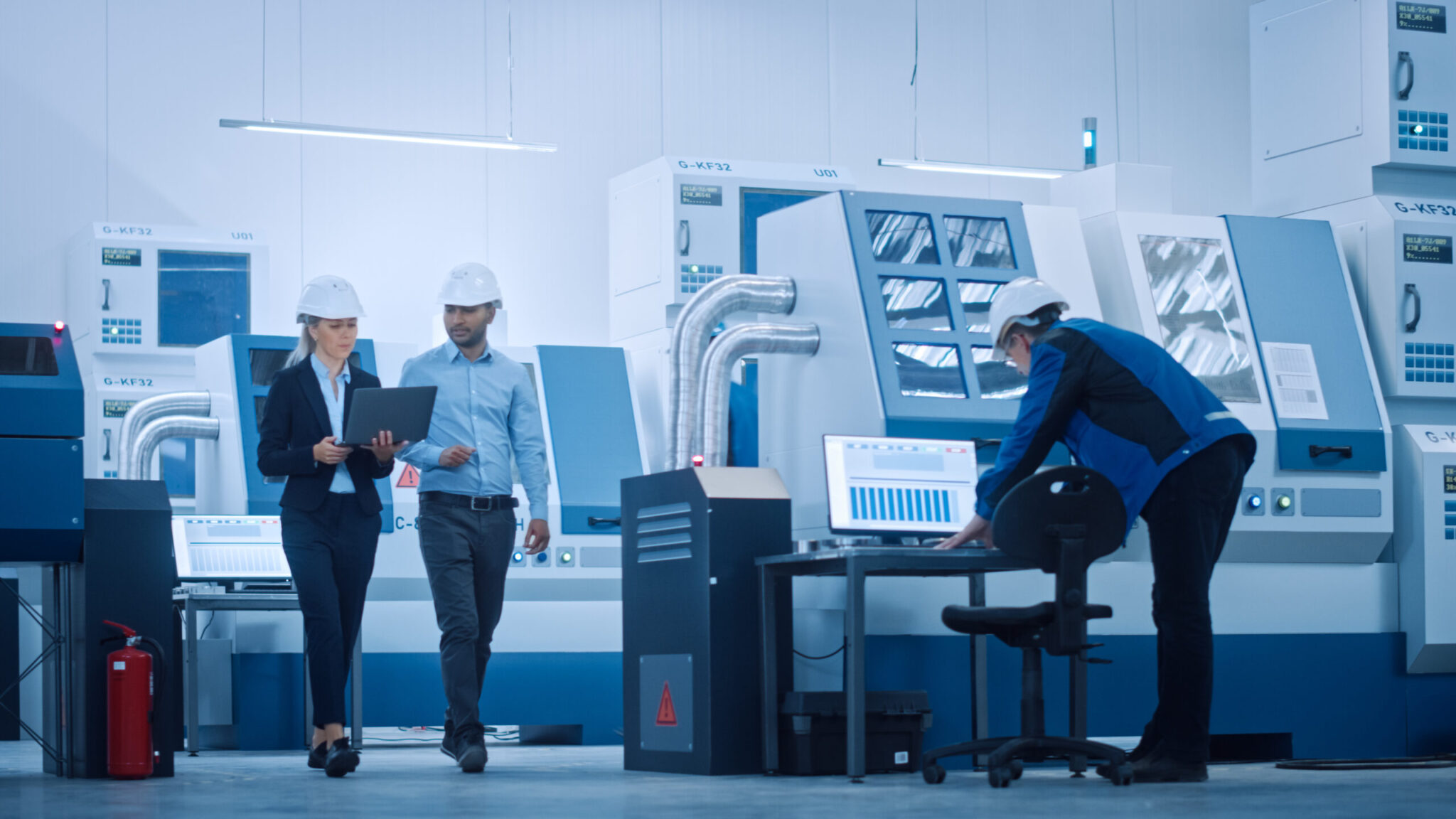
Kaishan works with a network of independent distributors who can help you develop a leak-detection program regardless of your application or facility requirements.
Key Takeaways
-
- Huge cost of leaks. Poorly designed and maintained compressed air systems waste up to $3.2 billion in utility payments annually.
- Many are inaudible. And while some are easy to find, 80% of leaks are inaudible.
- Major causes. Leaks happen because of loose fittings, improper installation, damaged or worn components, corrosion, high pressure, vibration, threaded pipes and open drain traps.
- New technology. Ultrasonic leak detection devices not only find leaks that handheld leak guns miss but also detect leaks in other systems, leading to even more savings.
- Get outside help. You’ll want to bring in a professional anytime you see a drop in performance you can’t explain.
Let Us Help
Stopping leaks in your rotary screw air compressor is critical to the operation of your compressed air system and all the processes that rely on that system. It may even be essential to your company’s long-term success and profitability. If you need help setting up a leak monitoring and prevention program, get in touch with the experts at Kaishan. Contact us today.
Random stat or
customer quote
textXXtext
text
Most commercial and industrial companies rely on compressed air, considering it a fourth utility that powers air tools, pneumatics and material handling equipment.

